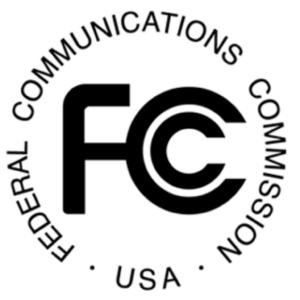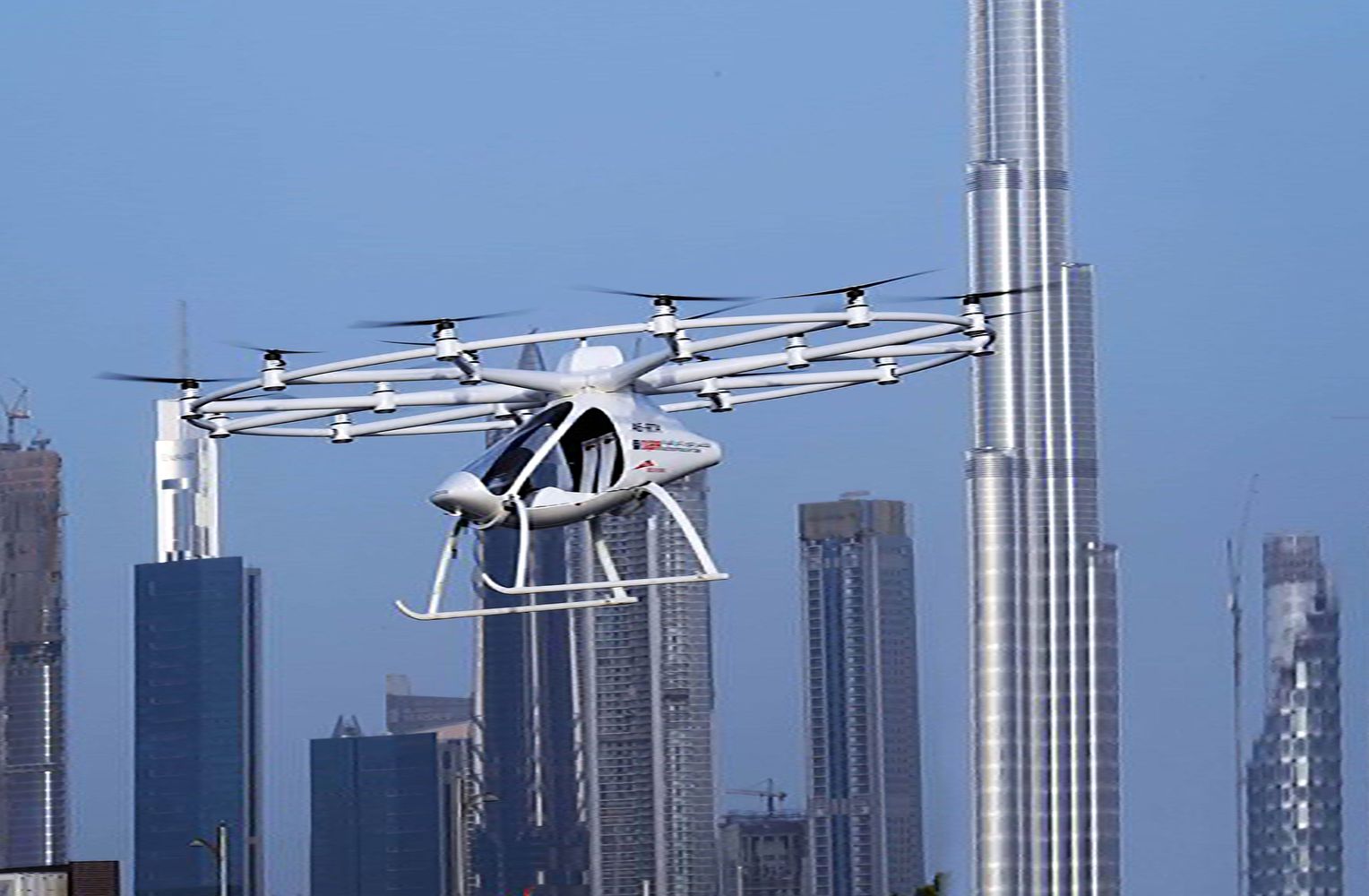Updated Guidelines Aim to Enhance Safety, Innovation, and Growth in Crewed and Uncrewed Aviation

 The Federal Communications Commission (FCC) has announced a new initiative to modernize spectrum rules for advanced air mobility systems, a sector that combines crewed and uncrewed aircraft for efficient transportation of people and cargo. The FCC’s Notice of Proposed Rulemaking (NPRM), adopted unanimously, aims to address the safety, innovation, and growth needs of this fast-growing industry, as well as other uncrewed aircraft systems (UAS) like drones.
The Federal Communications Commission (FCC) has announced a new initiative to modernize spectrum rules for advanced air mobility systems, a sector that combines crewed and uncrewed aircraft for efficient transportation of people and cargo. The FCC’s Notice of Proposed Rulemaking (NPRM), adopted unanimously, aims to address the safety, innovation, and growth needs of this fast-growing industry, as well as other uncrewed aircraft systems (UAS) like drones.
“The advanced air mobility technologies that our actions today enable will help make passenger and cargo transportation more accessible, convenient, and efficient in the future,” said FCC Chairwoman Jessica Rosenworcel. “Going forward they will also mean more ways to help during a crisis like the fires in Los Angeles, by providing the ability to deliver personnel and supplies to hard-to-reach areas, inspect infrastructure in disaster, and assist first responders with search-and-rescue operations.”
Modernizing Rules to Meet Industry Needs
The NPRM outlines several proposals to support advanced air mobility systems. These systems use innovative technologies such as automated controls, novel propulsion methods, and advanced wireless communications. They are designed for various purposes, including:
- Connecting remote communities to the national aviation system.
- Providing airport shuttle services and urban transport.
- Enabling large cargo delivery.
Advanced air mobility relies on wireless technologies for functions like flight command and control, passenger broadband, and drone detection to ensure safety in sensitive areas.
Key Proposals in the FCC’s NPRM
The FCC’s proposals include:
- Use of the 450 MHz Band for Command and Control
- Opening the 450 MHz band for aeronautical command and control operations.
- Allowing a single, nationwide license for this band.
- Adopting flexible rules to minimize interference while ensuring robust operation across various altitudes.
- Drone Detection Operations in the 24 GHz Band
- Expanding radiolocation capabilities in the 24.45–24.65 GHz band to improve drone detection technologies.
- Updates to In-Flight Connectivity Rules
- Modernizing rules for Commercial Aviation Air-Ground Systems in the 849–851 and 894–896 MHz bands.
- Supporting reliable in-flight broadband for passengers.
These updates reflect the FCC’s commitment to enabling the technologies that drive advanced air mobility, while ensuring that operations remain safe and effective.
Implications for the Future
Advanced air mobility systems have the potential to revolutionize transportation by providing new ways to move people and goods efficiently. The NPRM is a significant step toward integrating these systems into everyday life. It also highlights the role of modernized wireless communications in ensuring their success.
For more details, visit the FCC’s website.
Want DRONELIFE news delivered to your inbox every weekday? Sign up here.
Read more:


Miriam McNabb is the Editor-in-Chief of DRONELIFE and CEO of JobForDrones, a professional drone services marketplace, and a fascinated observer of the emerging drone industry and the regulatory environment for drones. Miriam has penned over 3,000 articles focused on the commercial drone space and is an international speaker and recognized figure in the industry. Miriam has a degree from the University of Chicago and over 20 years of experience in high tech sales and marketing for new technologies.
For drone industry consulting or writing, Email Miriam.
TWITTER:@spaldingbarker
Subscribe to DroneLife here.


